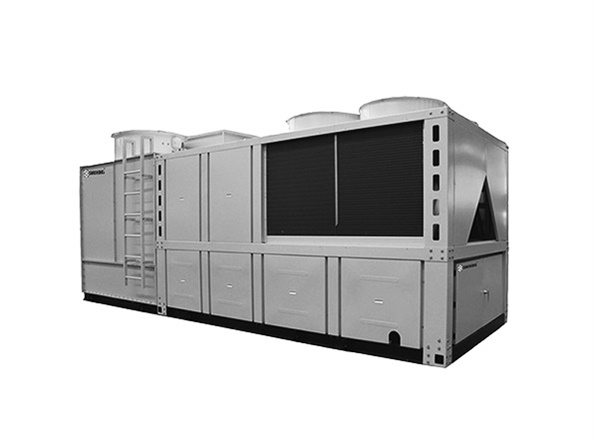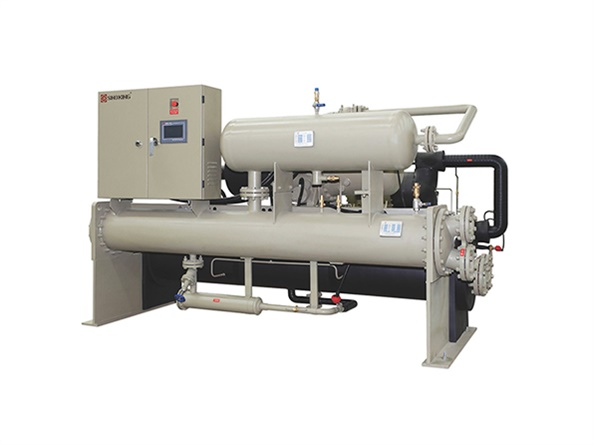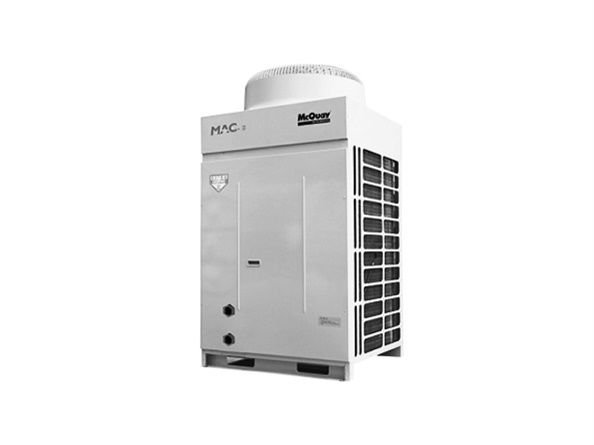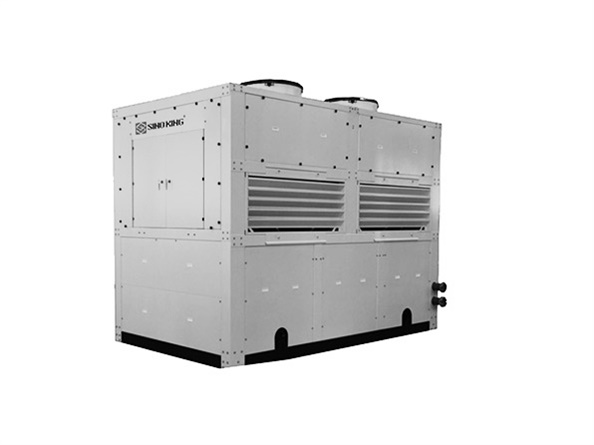33 commonly used knowledge points for wastewater treatment
1. Sewage
Sewage refers to the general term for water discharged in production and living activities.
Human beings use a large amount of water in their lives and production activities, and these waters are often polluted to varying degrees. The polluted water is called sewage.
2, the basic method of sewage treatment
The basic method of sewage treatment refers to the use of various technologies and means to separate, remove, recycle, or convert the pollutants contained in sewage into harmless substances, so that the water can be purified.
3, (physical) sewage treatment method
The physical treatment method is a treatment method for separating and recovering insoluble and suspended pollutants in sewage through physical action.
4, (chemical) sewage treatment method
Chemical treatment method is to add chemicals to sewage, using chemical reactions to separate and recover pollutants in sewage, or convert them into harmless substances.
5, (biological) sewage treatment method
Biological treatment is the use of microorganisms to absorb, decompose and oxidize organic matter in sewage, and degrade unstable organic matter into stable and harmless substances, so that the sewage can be purified.
6, What are the factors related to microorganisms
In addition to the need for nutrients, microorganisms also need suitable environmental factors, such as temperature, pH, dissolved oxygen, osmotic pressure, etc. to survive.
7, What are the chemical treatment methods?
wastewater chemical treatment method can be divided into: wastewater neutralization treatment method, wastewater coagulation treatment method, wastewater chemical precipitation treatment method, wastewater oxidation treatment method, wastewater extraction treatment method, etc.
 Rapid removal of total phosphorus from urban domestic wastew
Rapid removal of total phosphorus from urban domestic wastew
 One minute! Take you to understand electroplating wastewater
One minute! Take you to understand electroplating wastewater
 33 commonly used knowledge points for wastewater treatment
33 commonly used knowledge points for wastewater treatment
 Emergency measures for "total phosphorus exceeding standard"
Emergency measures for "total phosphorus exceeding standard"


